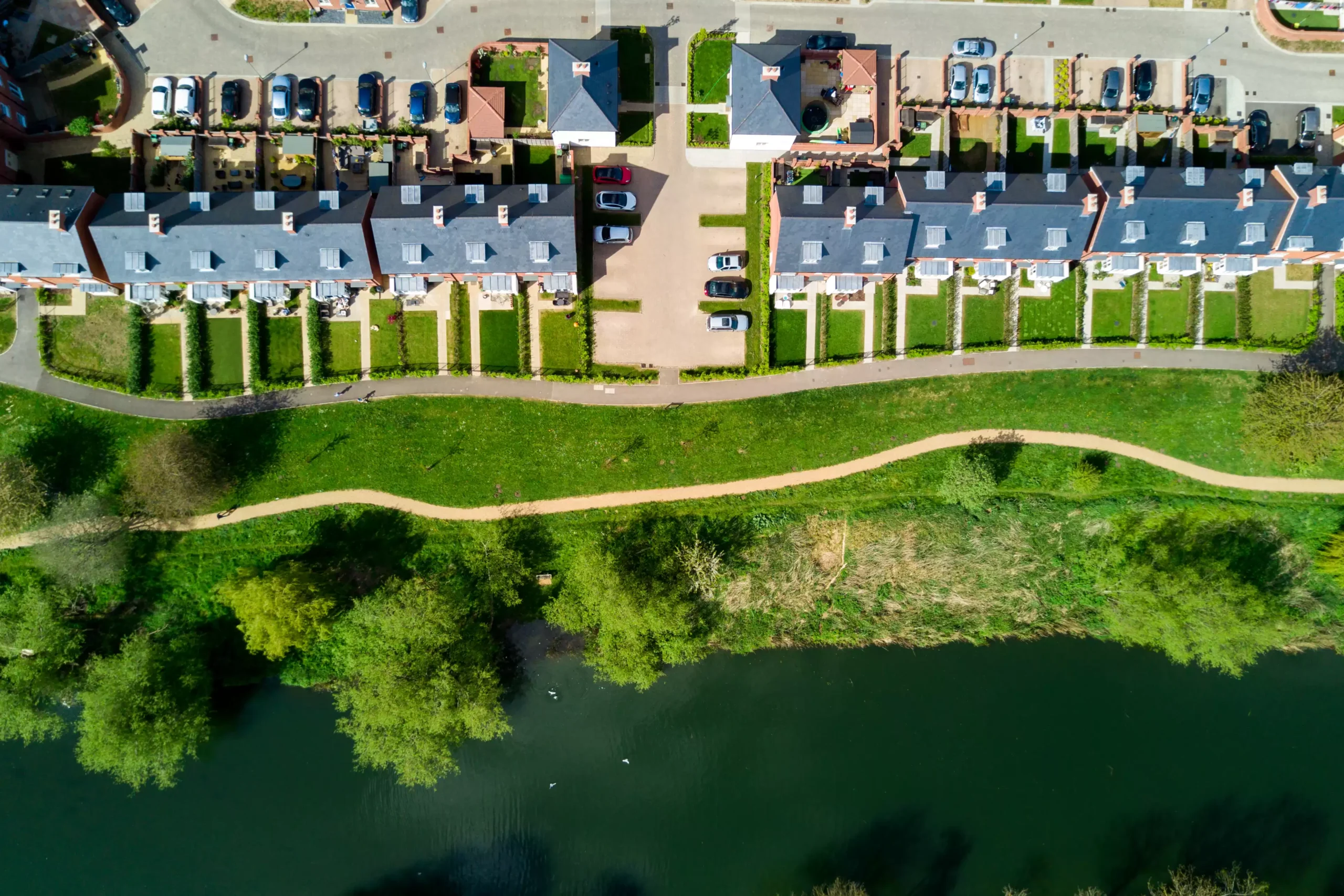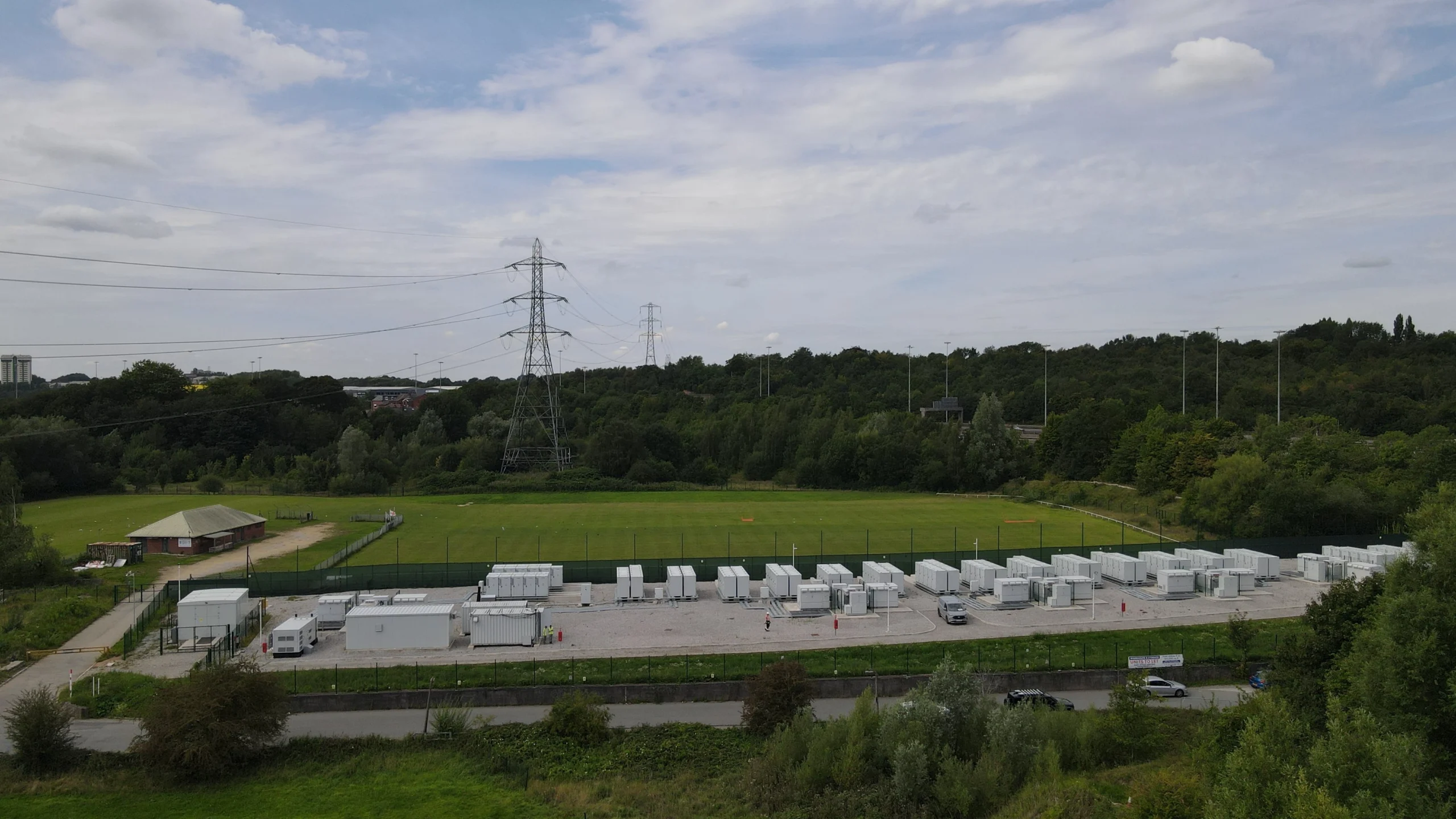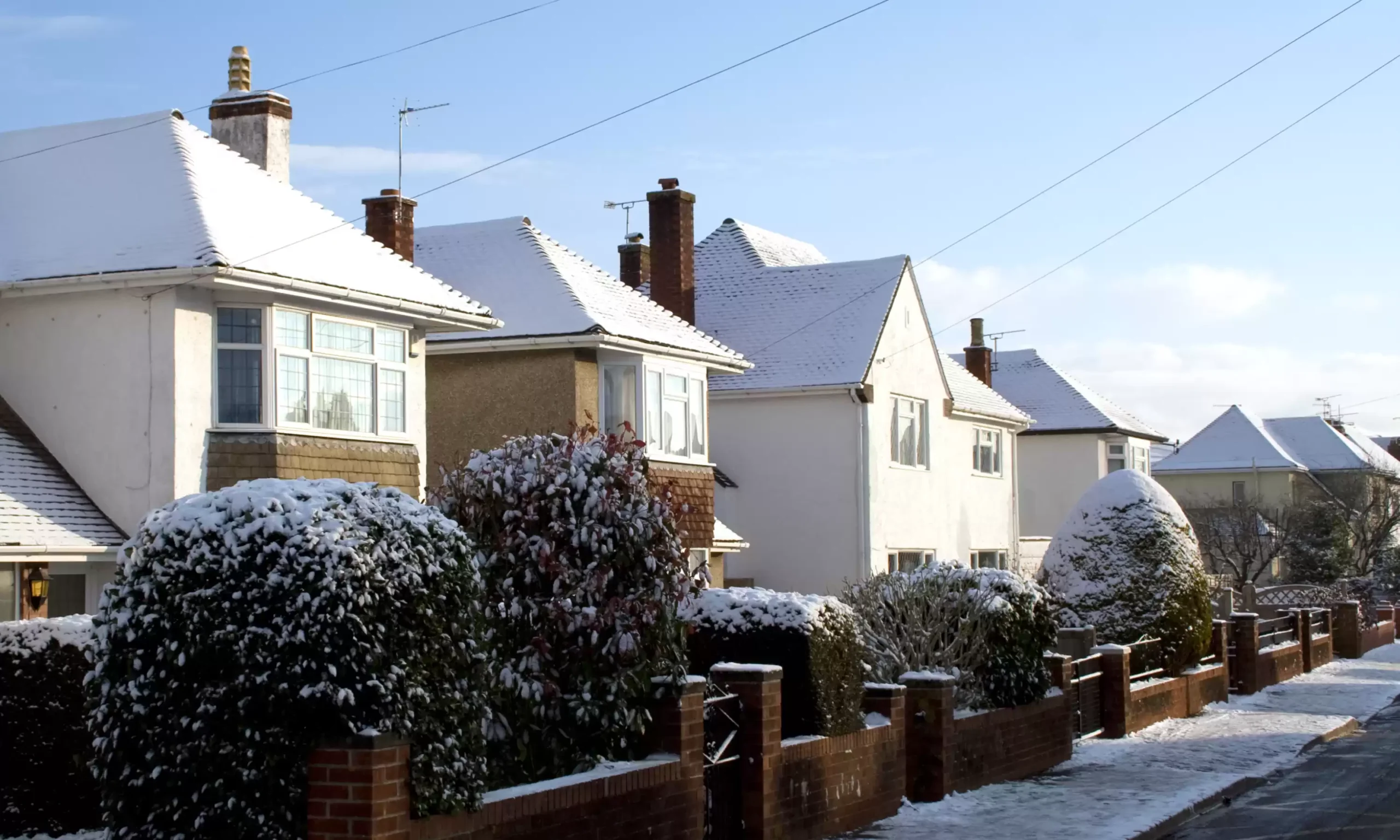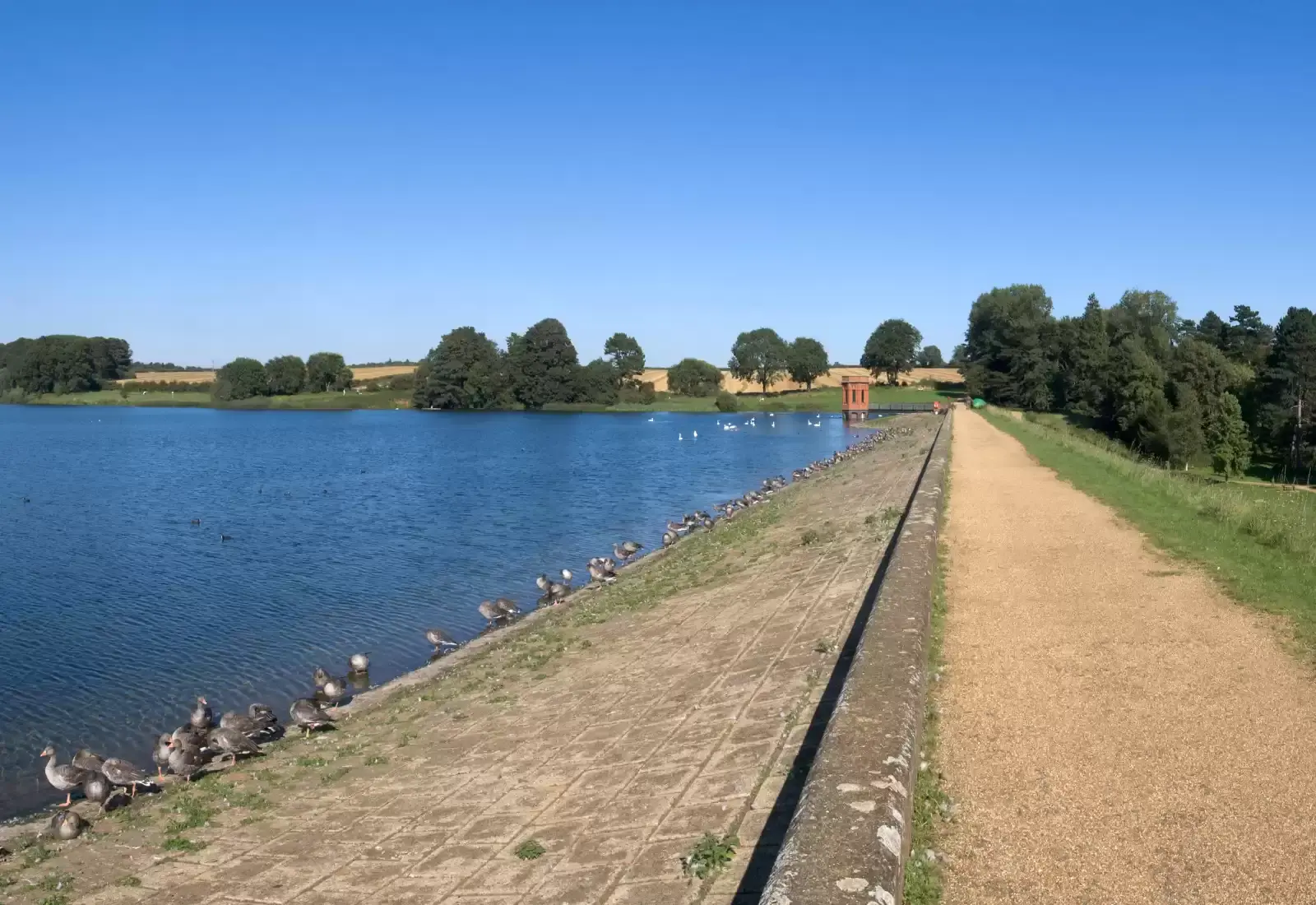When a new development needs an electricity supply – whether it’s housing, a data centre or even an EV charging hub – the developer often turns to the local distribution network operator (DNO) for the new supply.
Using an independent connections provider (ICP) to construct the connection and an independent distribution network operator (IDNO) to adopt it, instead of the local DNO, offers a quicker and cost-effective alternative.
What’s a distribution network operator (DNO)?
Distribution networks deliver electricity from the national transmission system, operated by National Grid Electricity Transmission, directly to homes and businesses up and down the country.
A distribution network operator, or DNO, owns and operates the electricity network within a specific geographical region.
There are six DNOs in Great Britain, regulated by Ofgem, who cover 14 regions within England, Scotland and Wales.
What’s an independent distribution network operator (IDNO)?
An independent distribution network operator, also known as an IDNO, is licenced by the energy regulator Ofgem to own and operate electricity distribution networks to the same safety, performance and service standards as a DNO.
Just like DNOs, every IDNO is obligated to provide a 24/7 emergency response to any issues or faults on its network.
Unlike local distribution network operators, INDOs are not limited to a particular geographic region. An IDNO can own and operate electricity networks nationwide.
Once a development is energised, households and businesses are able to switch electricity supplier as they want and they won’t pay any more for their electricity than they would if they were connected to a DNO network.
What’s the difference between a DNO and an IDNO?
Both DNOs and IDNOs are regulated by Ofgem to build, operate, maintain and invest in electricity networks.
As well as operating nationally and not regionally, what makes an IDNO different is that IDNOs will pay developers, housebuilders, ICPs and UIPs to adopt the newly-constructed electricity networks on new housing or commercial developments. This is known as an Asset Value Payment.
Traditionally, a developer would gift the electricity network asset to the local distribution network operator once the development was complete. Developers wouldn’t receive compensation for this, they would simply give away their long-term revenue-generating asset to the DNO for free.
Through Asset Value Payments, IDNOs can help reduce the cost of installing the electricity infrastructure on a development.
How does an IDNO make money?
Independent network operators collect a fee from the energy supplier for safely and reliably delivering electricity through their cables and wires to the end user – the same as DNOs.
Like DNOs, IDNOs don’t own the electricity that passes through the network.
What’s the benefit of using an IDNO?
If you’re building a new housing, commercial or industrial development, you’d traditionally approach your local DNO to provide the electricity supply to the new network of substations, cables and wires serving your development.
After energising your development, the DNO would own and operate the network indefinitely.
But you would be giving your revenue-generating asset to the DNO for nothing.
Typically, an IDNO can facilitate the connection much more quickly and smoothly than a DNO. IDNOs operate in a competitive landscape against other IDNOs, so are incentivised to deliver an efficient service.
On top of that, an IDNO will pay an Asset Value Payment to adopt and own the new electricity network.
That money can help reduce the cost of installing your electricity infrastructure, helping make your next project viable and more profitable.
How is mua different from other IDNOs?
We’re a multi-utility network operator – we can adopt and manage both the electricity and gas assets on your new development, working with you from design through to energisation of your utility connections.
We work hard to make gas and electricity connections a simple and seamless experience for all our clients. We offer market-leading asset values, and you’ll have one point of contact throughout the asset build and adoption process.
We’re all about putting our clients at the heart of what we do and making your life as easy as possible.
We know legal processes can often slow down the energisation of new connections, which is why we’ve engaged expert legal partners to speed up arranging wayleaves and easements.
Our innovative network design solutions can help make your connections more cost-effective and reduce lead times.
We’re a leading IDNO for electric vehicle charging points. We work alongside charge point operators, fleet operators, local authorities and Independent Connection Providers (ICPs) to adopt connections at EV charge point projects of all sizes from workplace EV charging right up to motorway charging stations.
What assets does mua adopt?
We adopt gas and electricity networks serving new housing developments, as well as commercial and industrial premises.
We also adopt connections to battery energy storage systems, data centres and EV charging points and hubs.
By adopting the multi-utilities on your development, we can offer you a greater combined asset value.
We can also offer enhanced asset values to ICPs, developers and housebuilders with portfolios of projects. Using our bespoke modelling, we’re able to aggregate the utility asset values across your portfolio, as opposed to looking at each scheme on a project-by-project basis.




